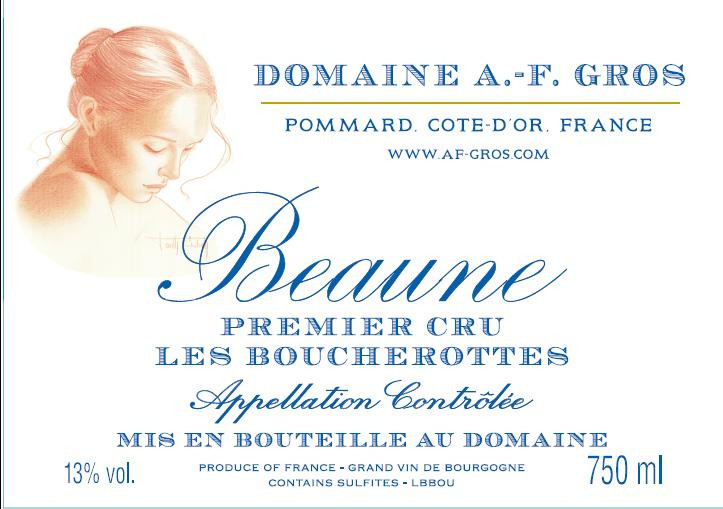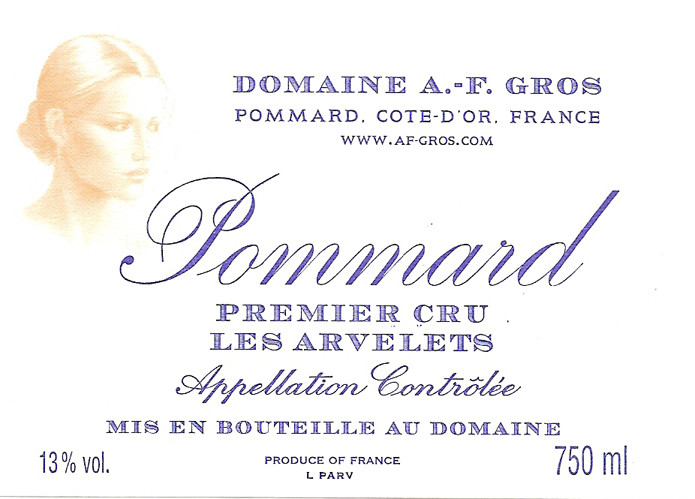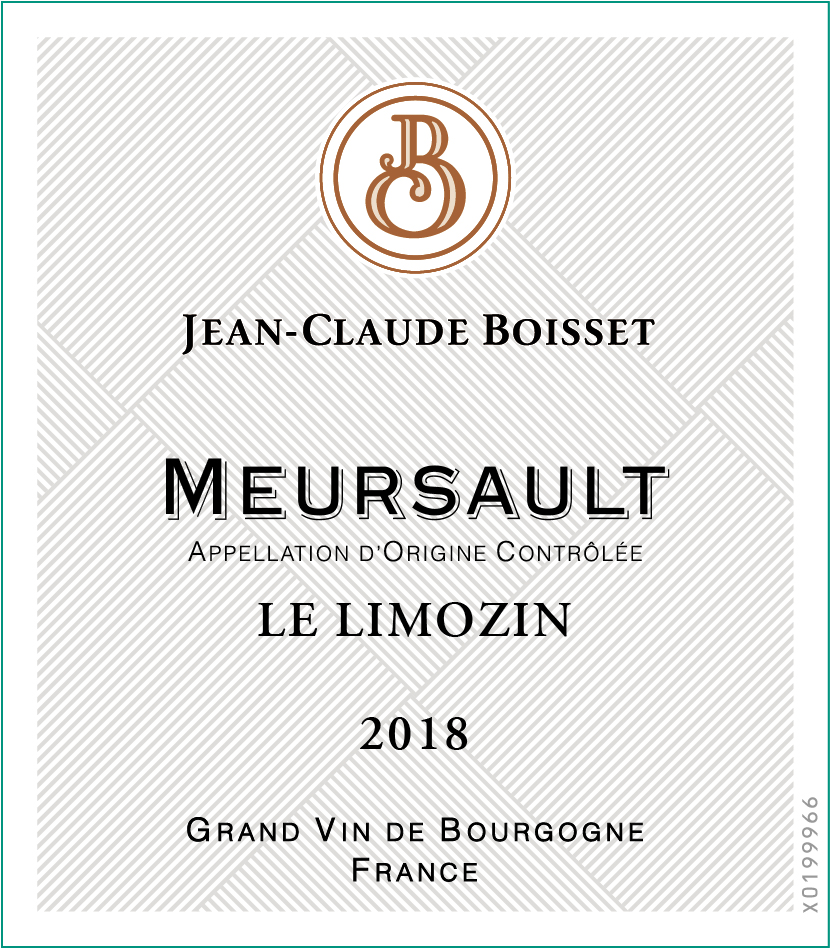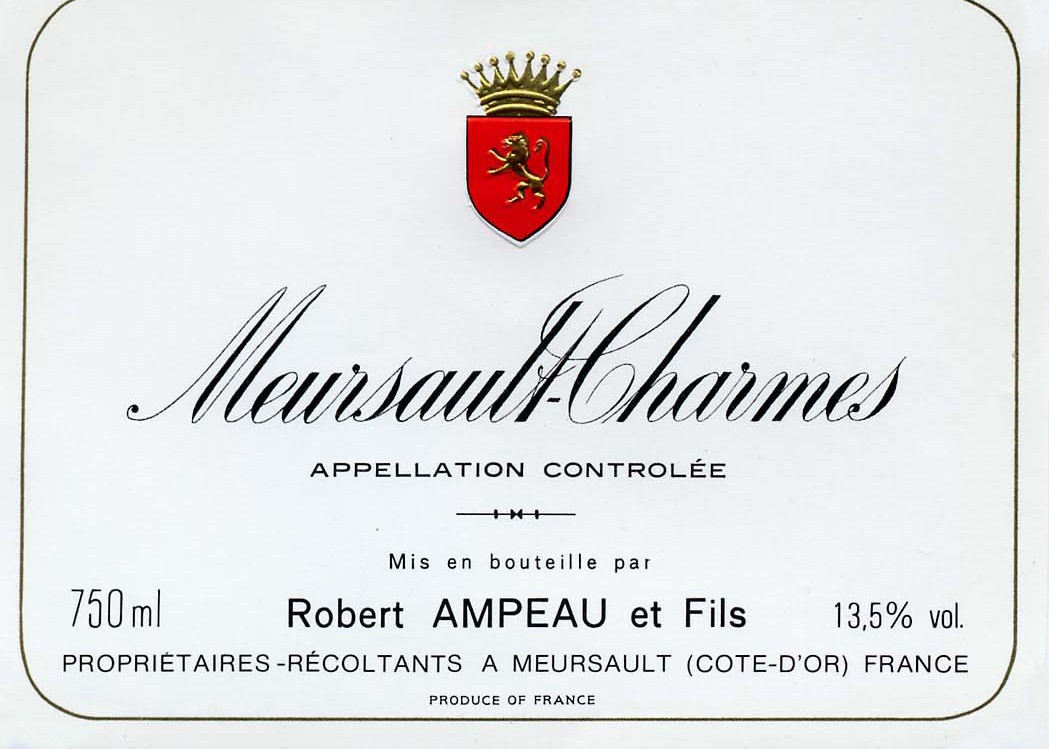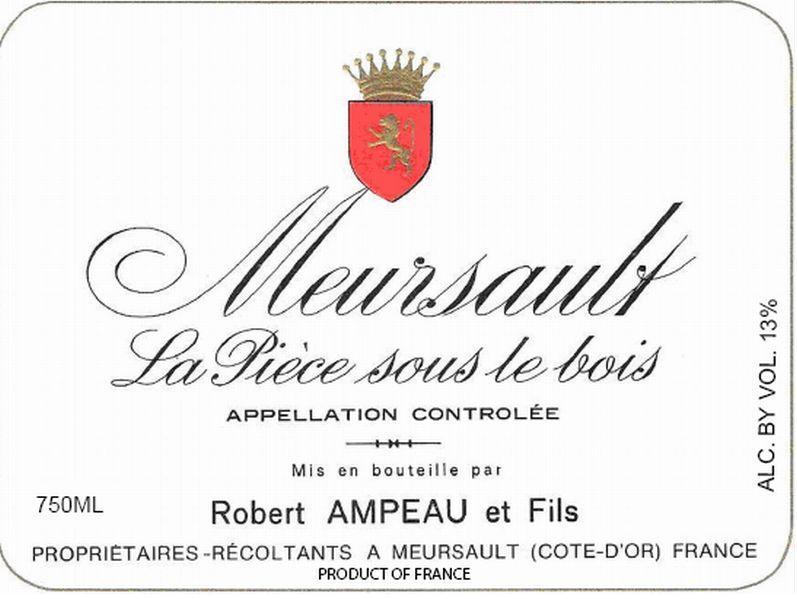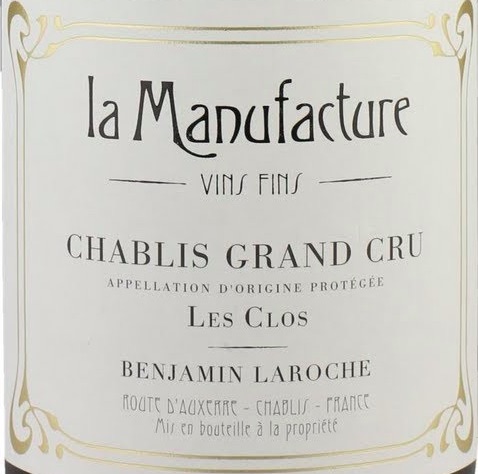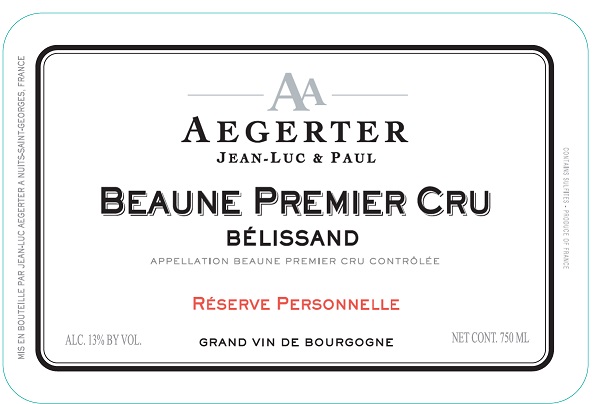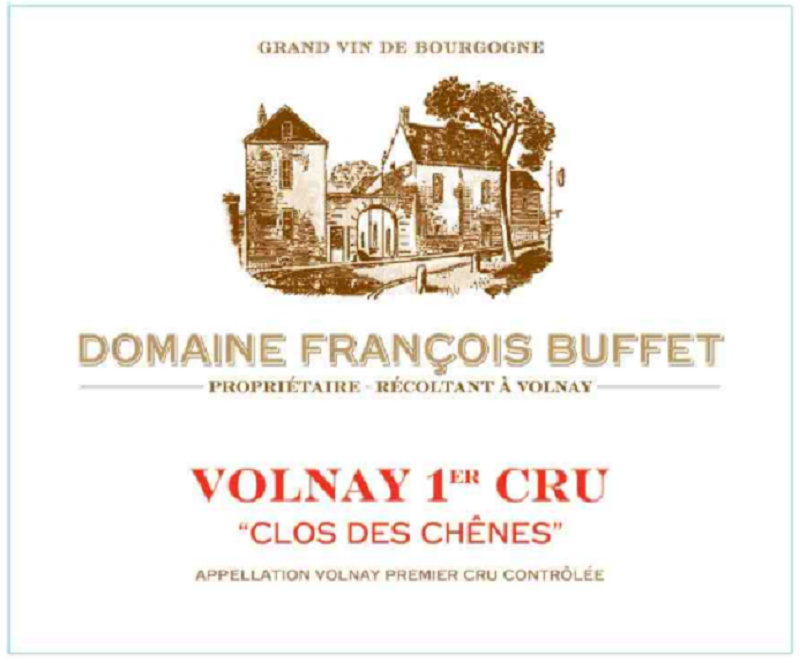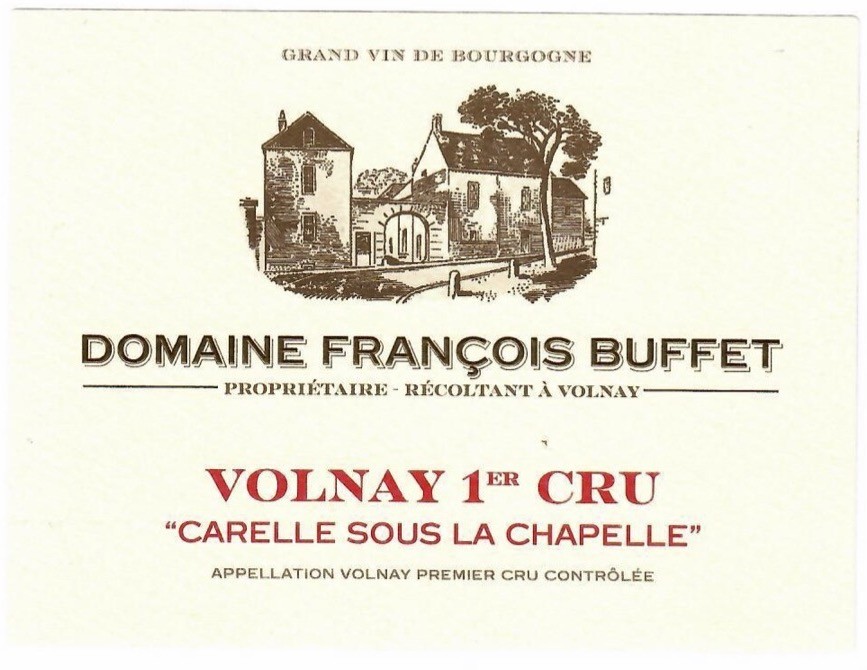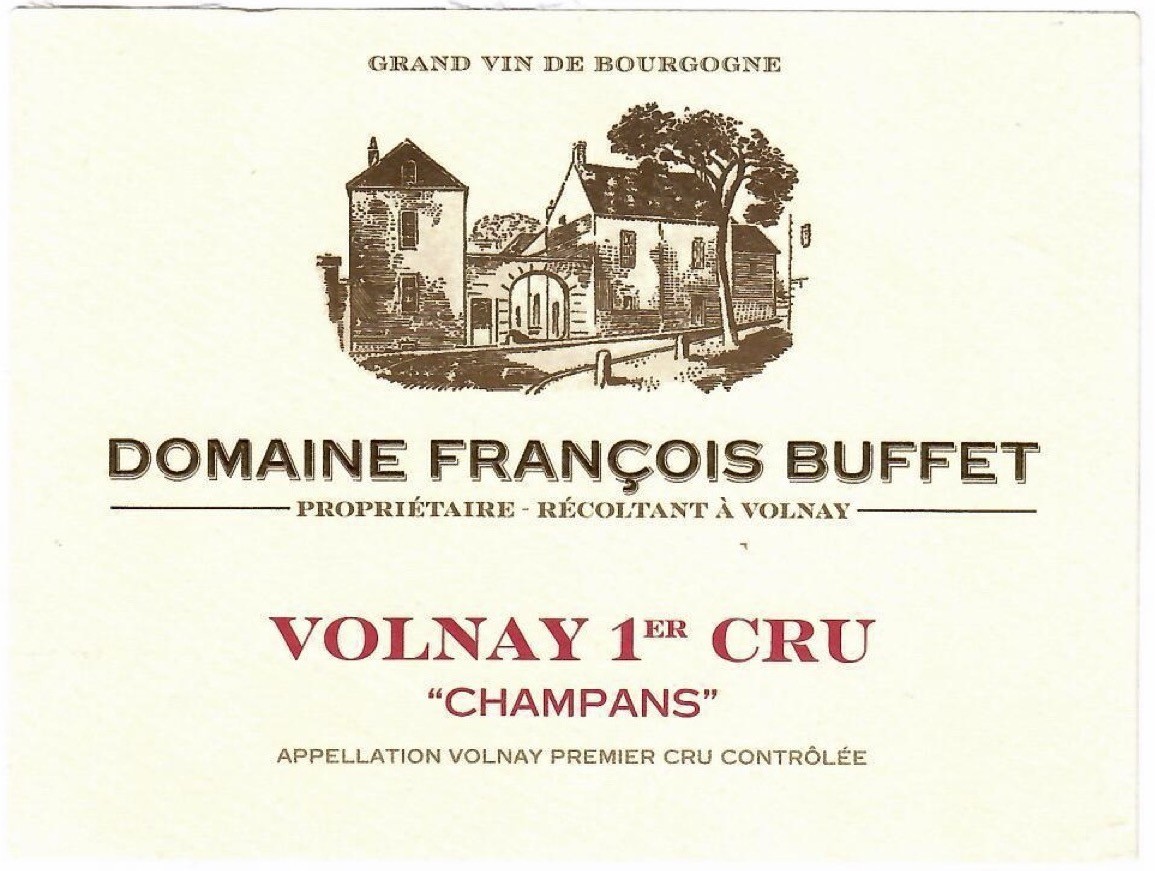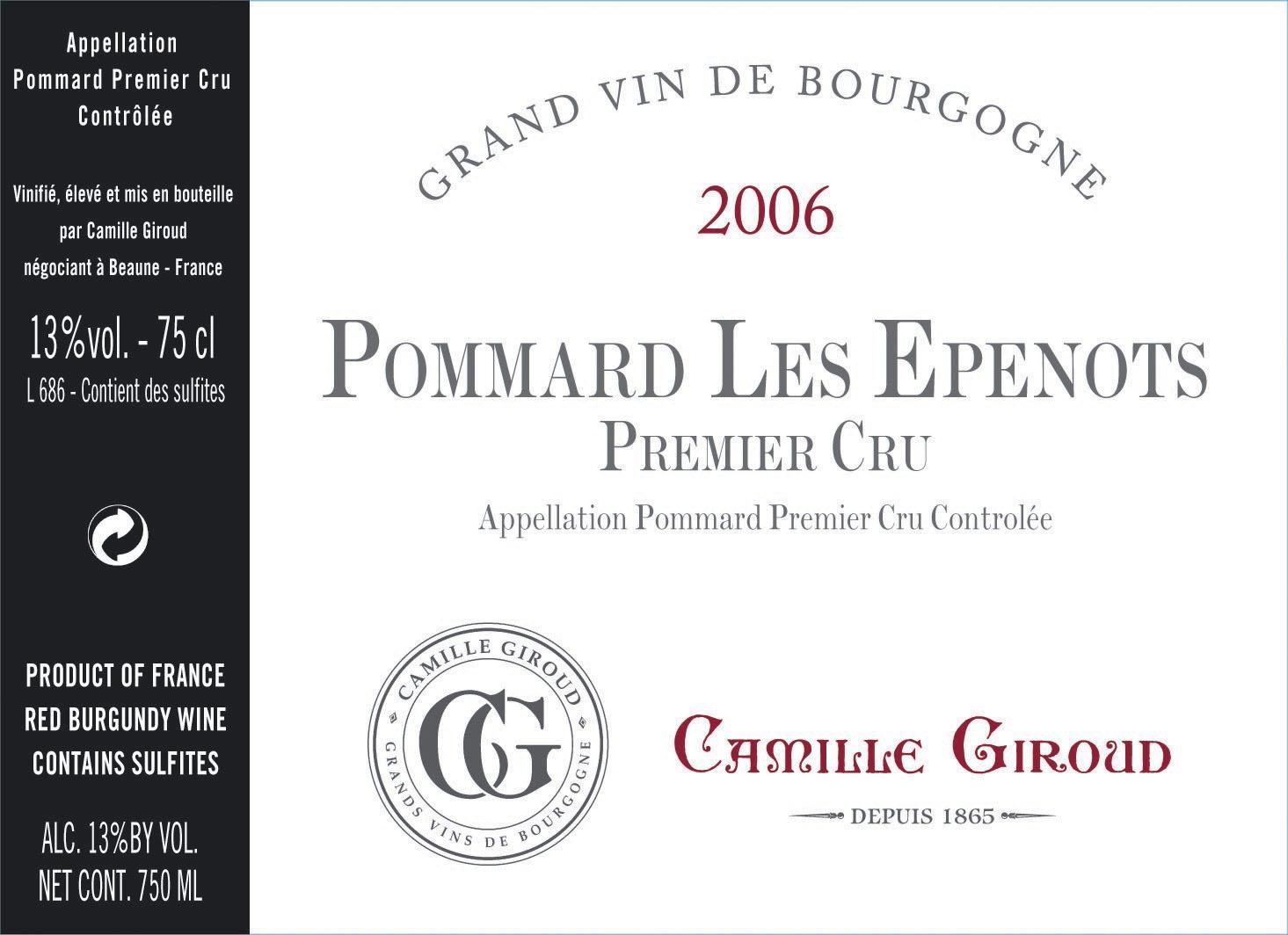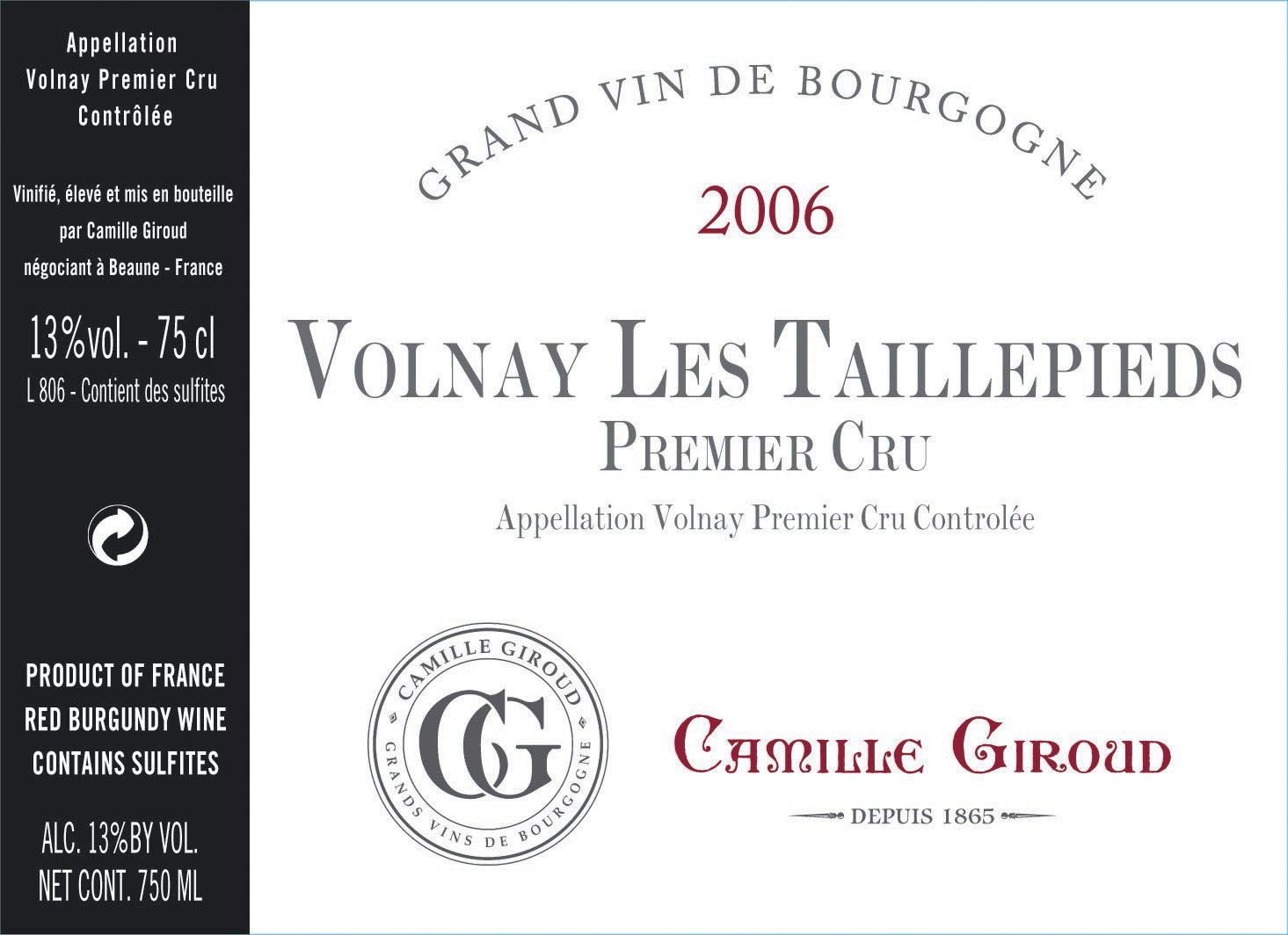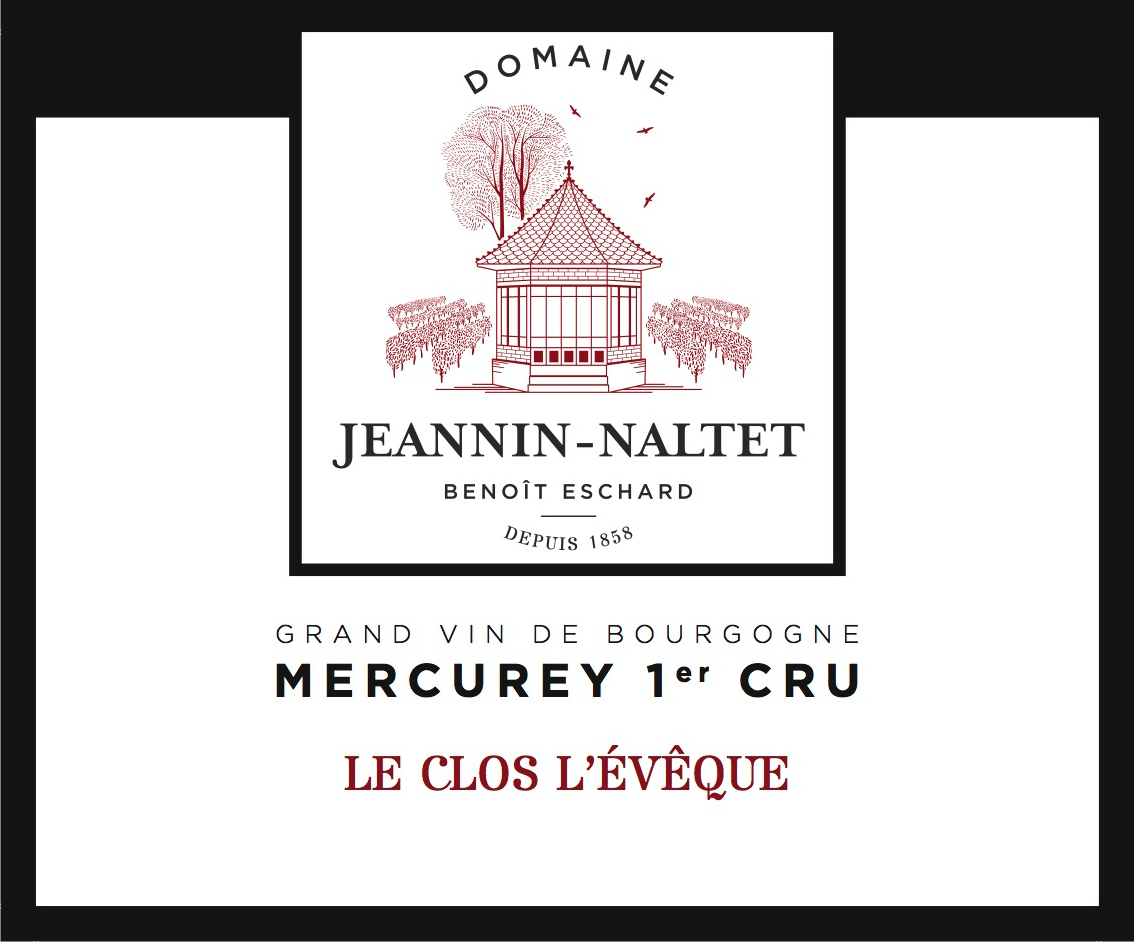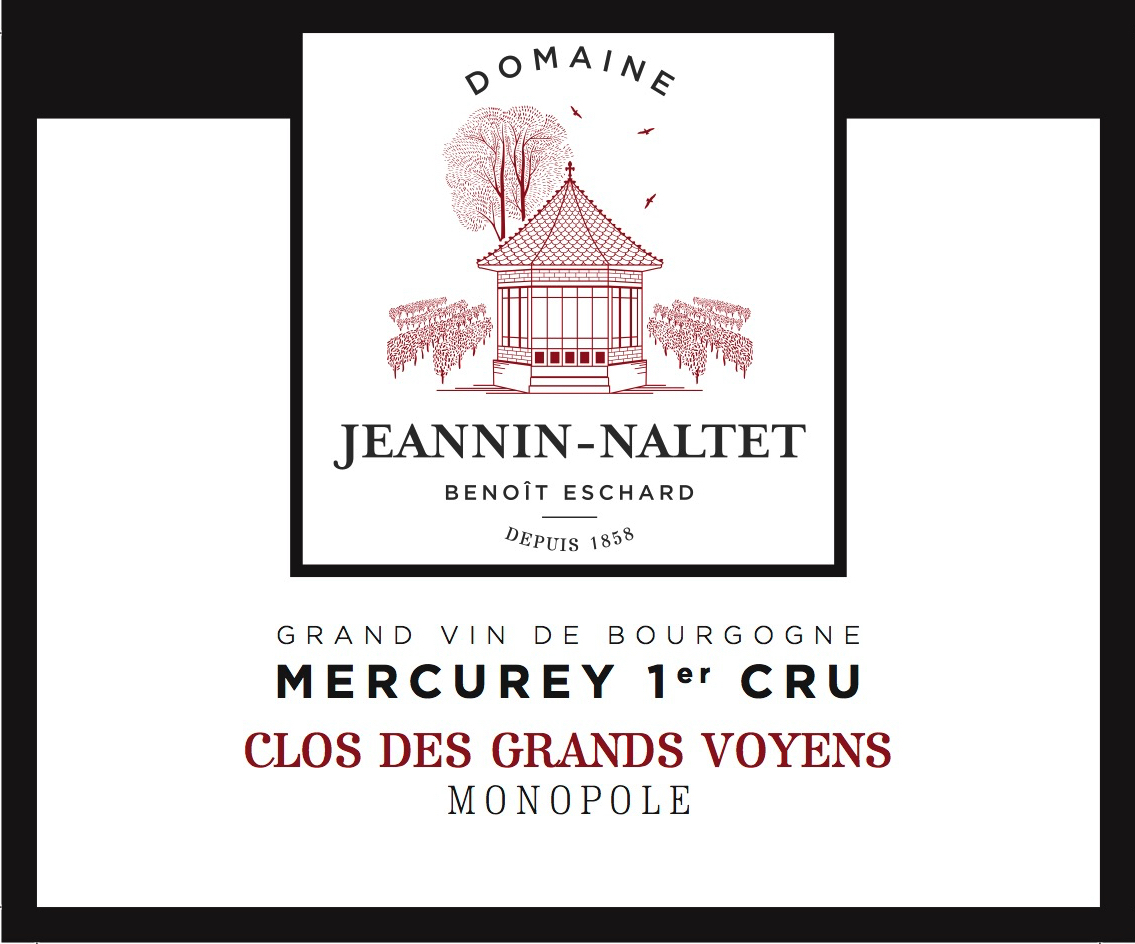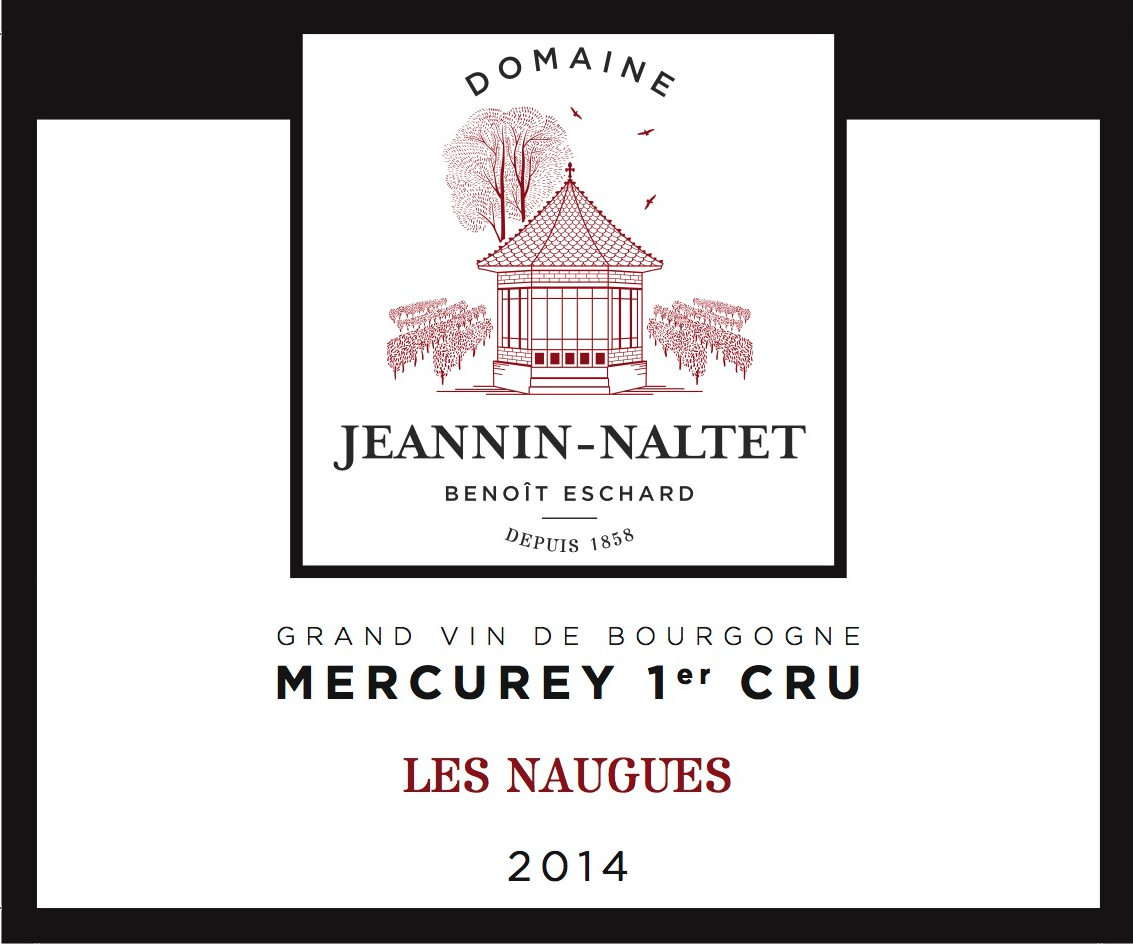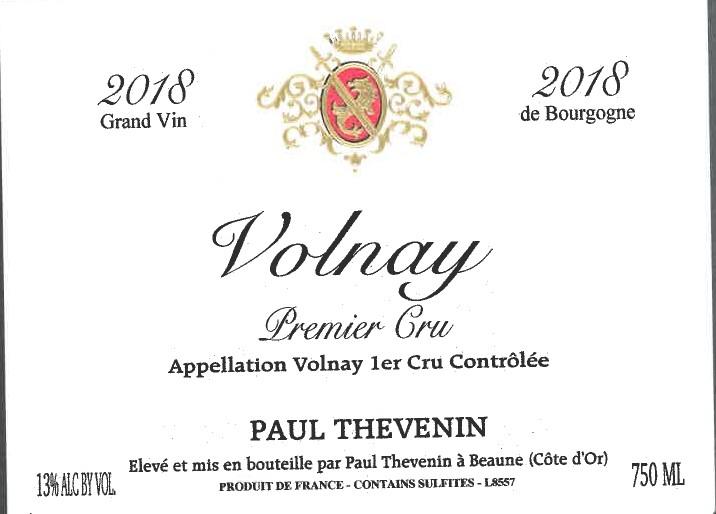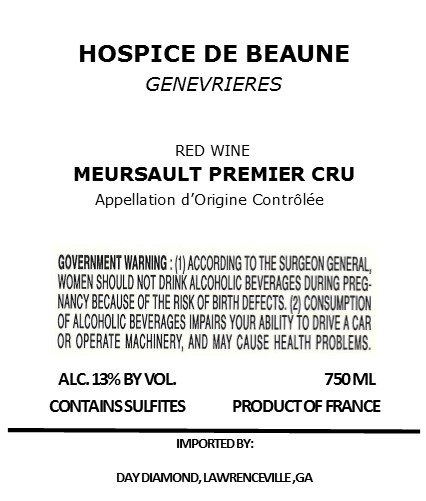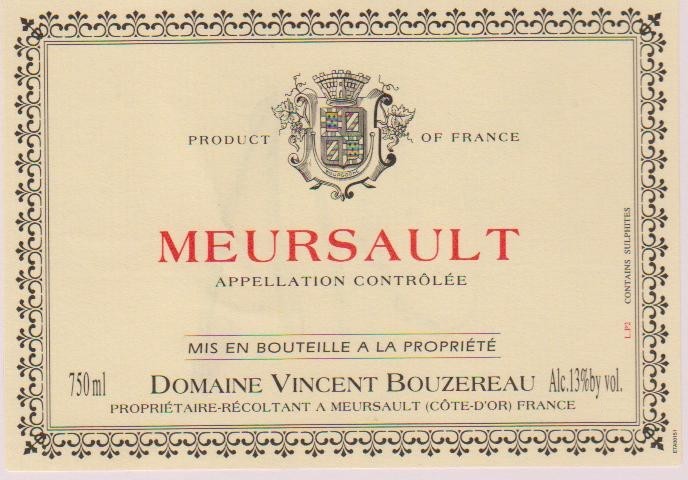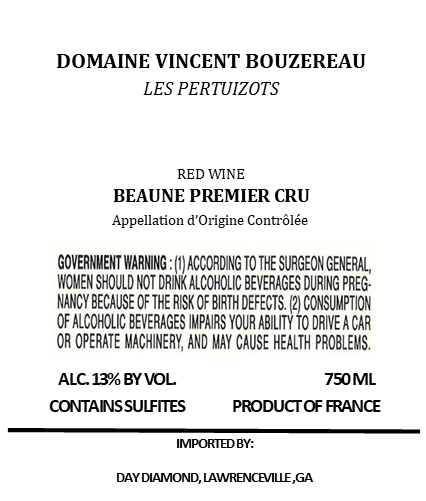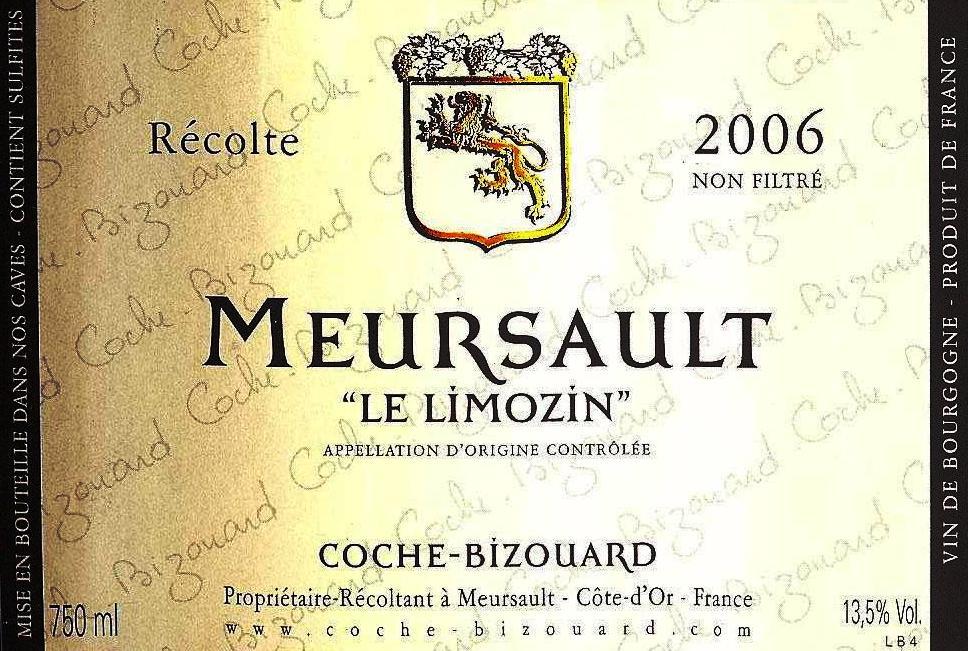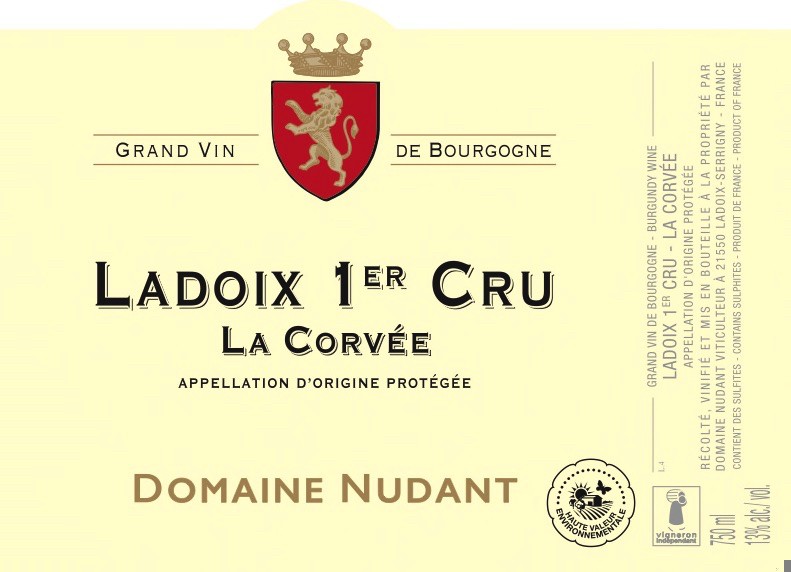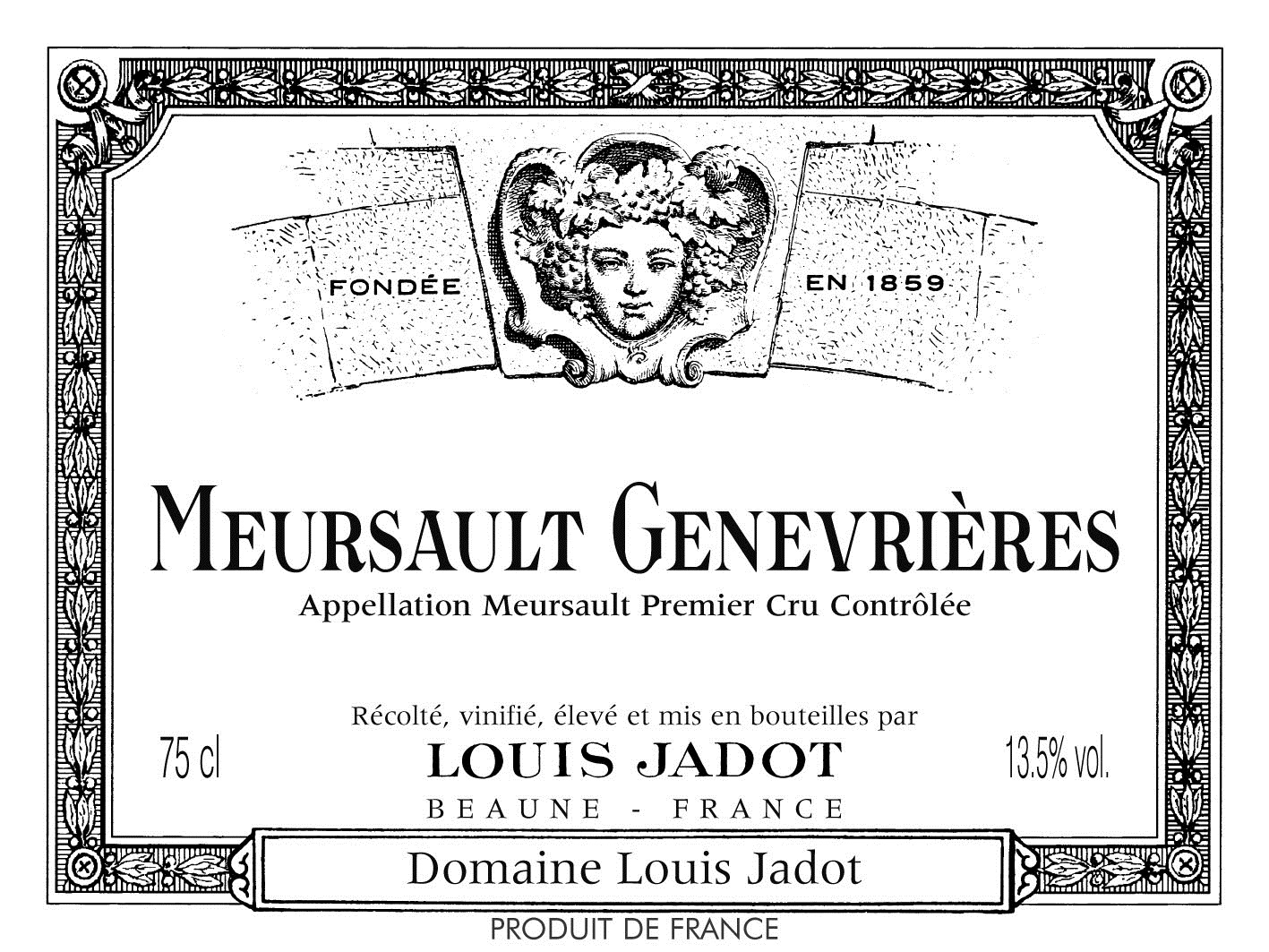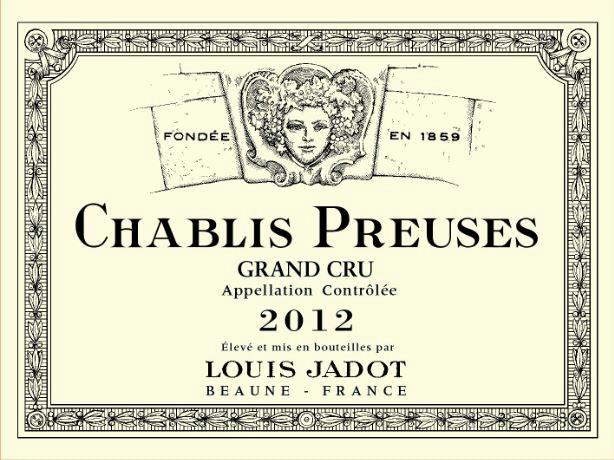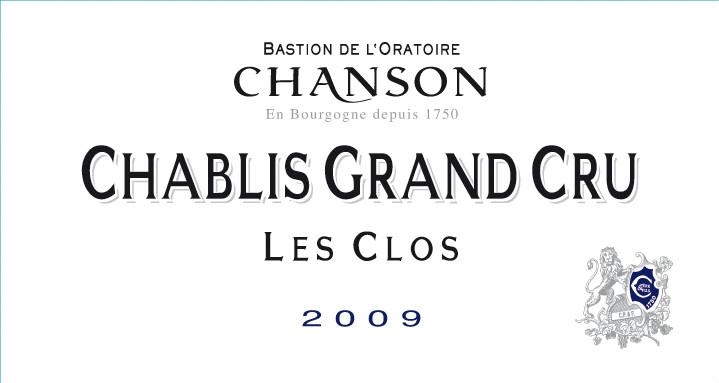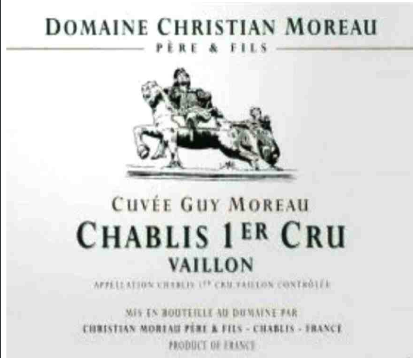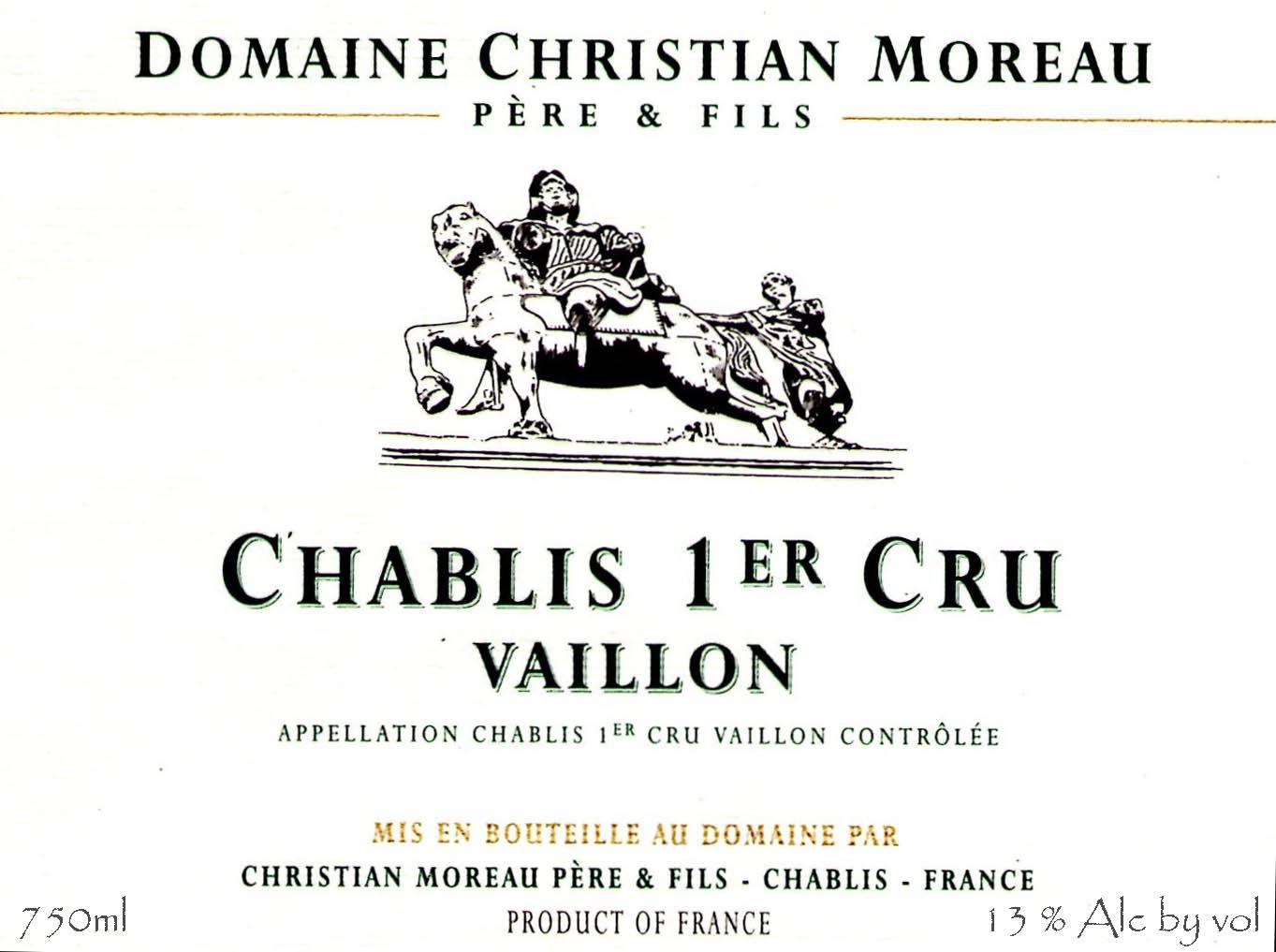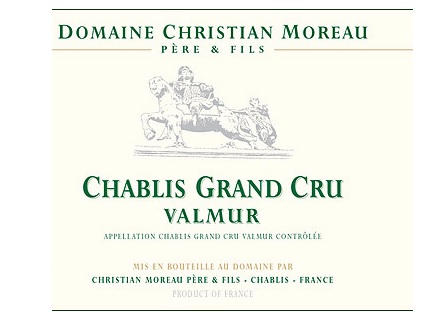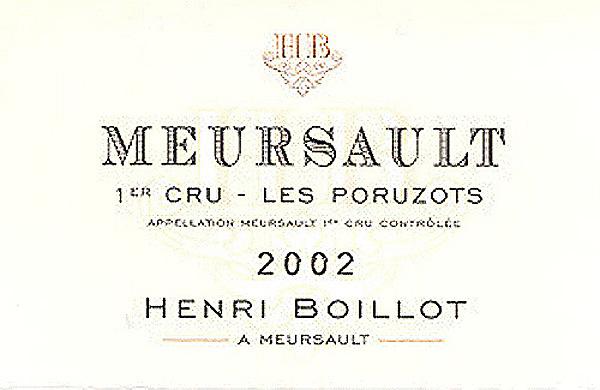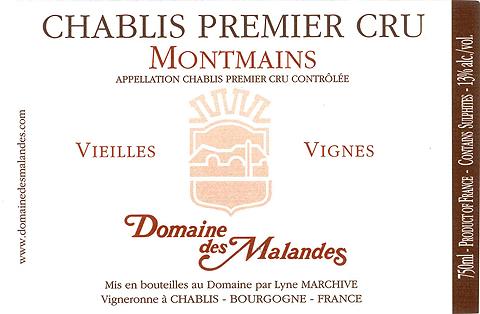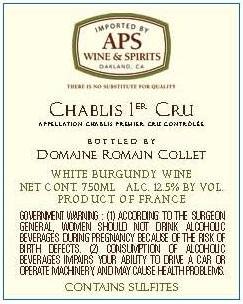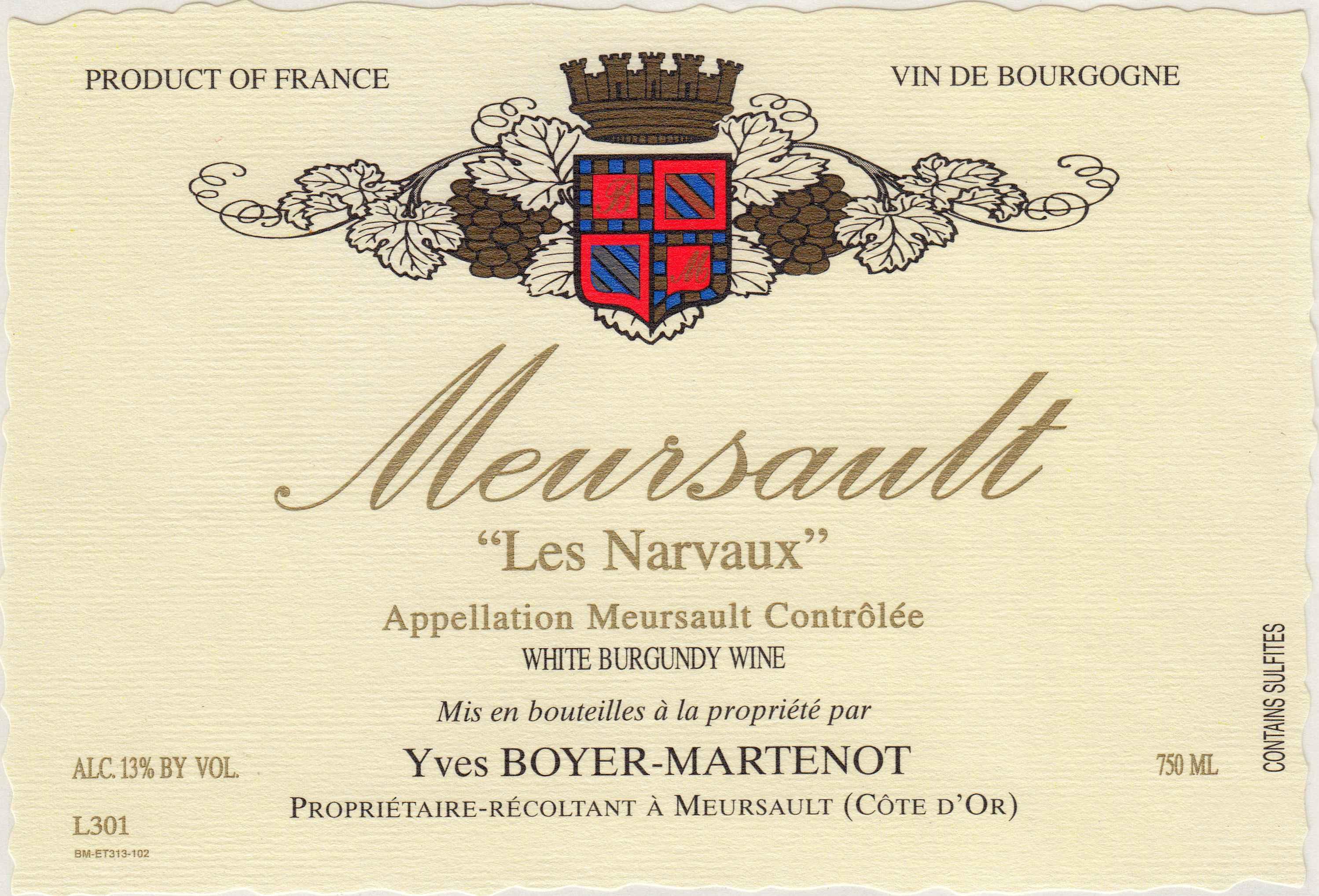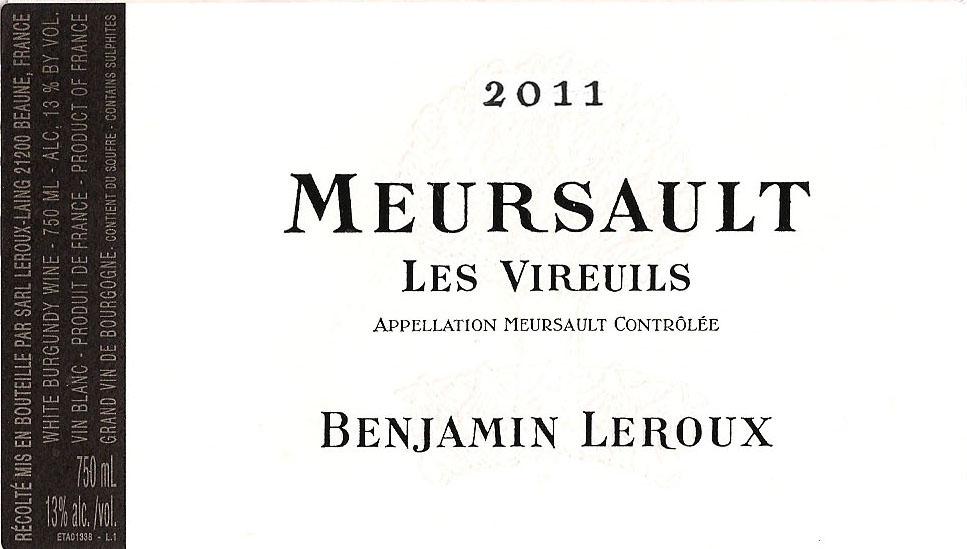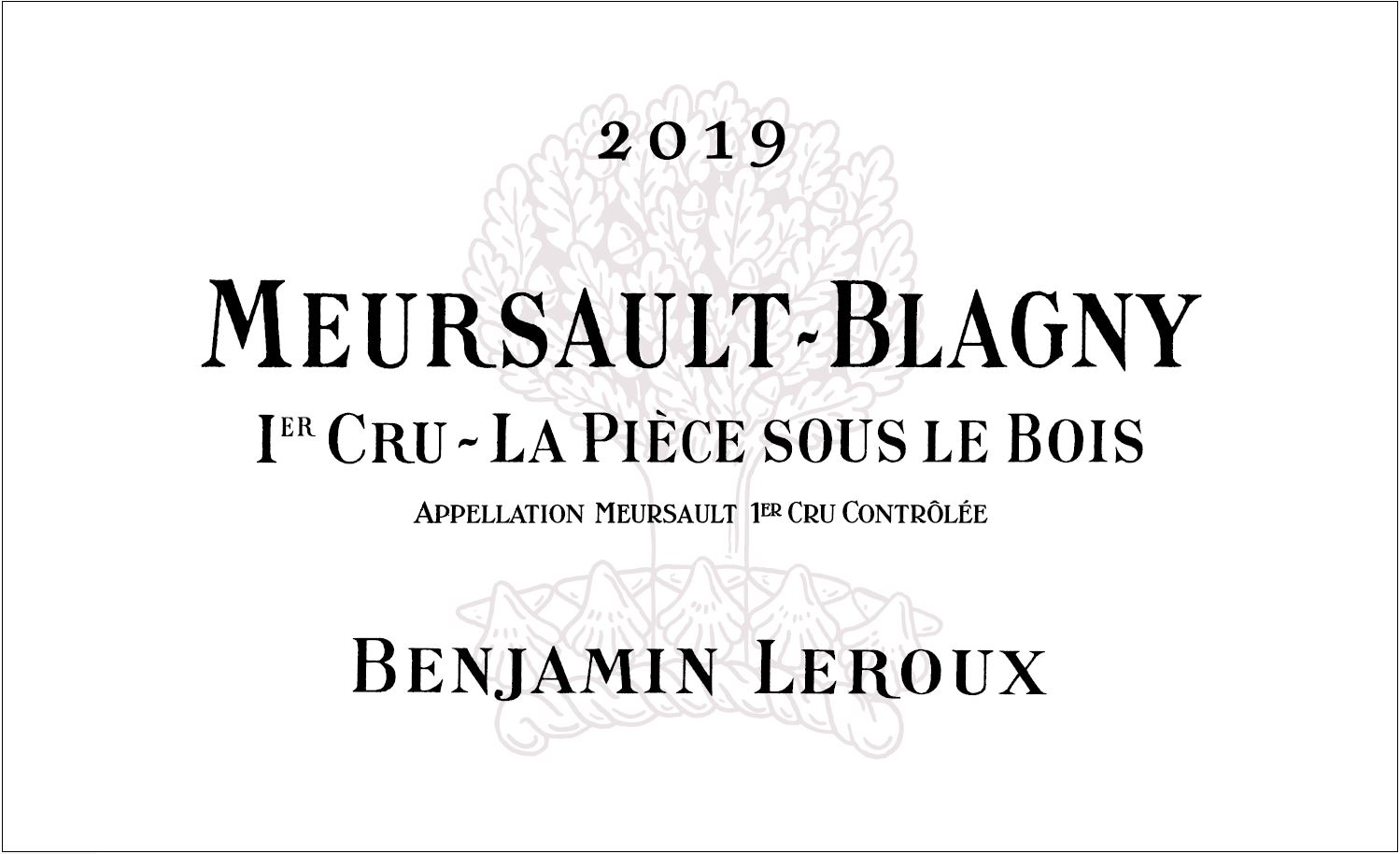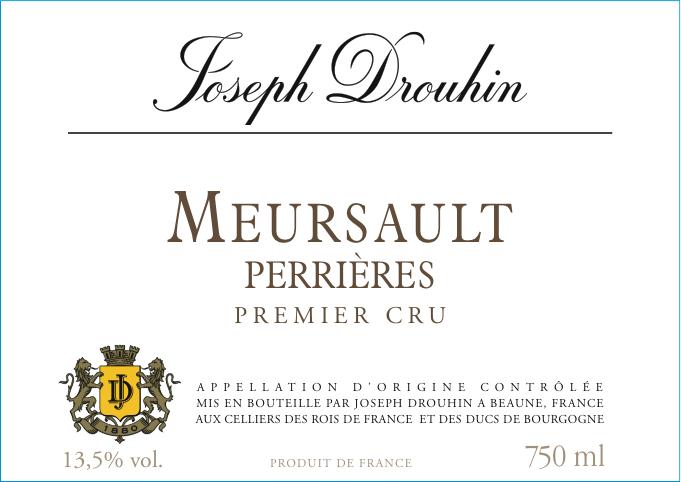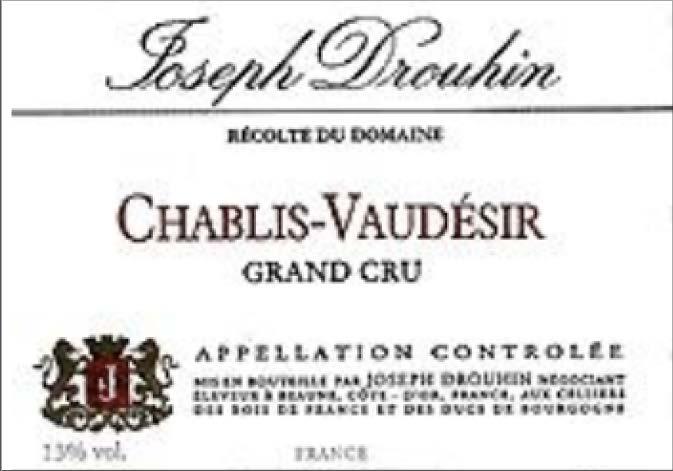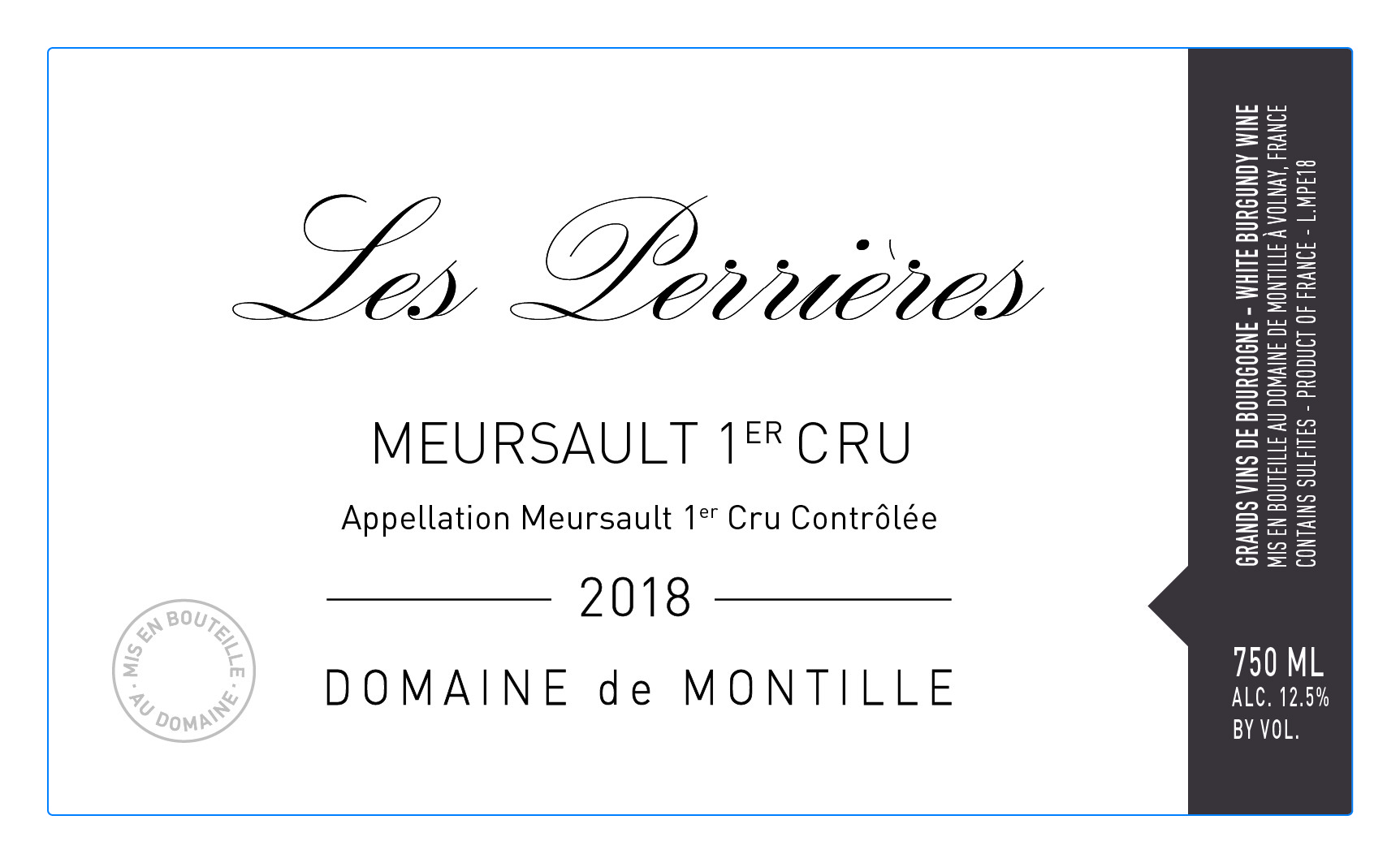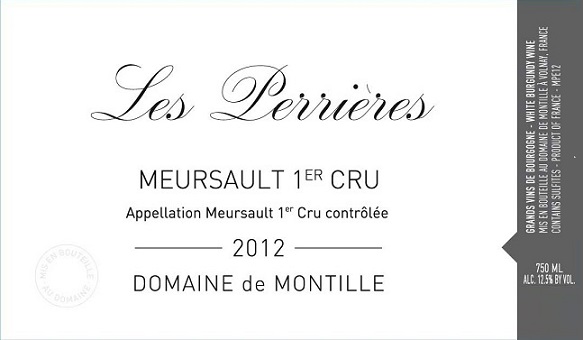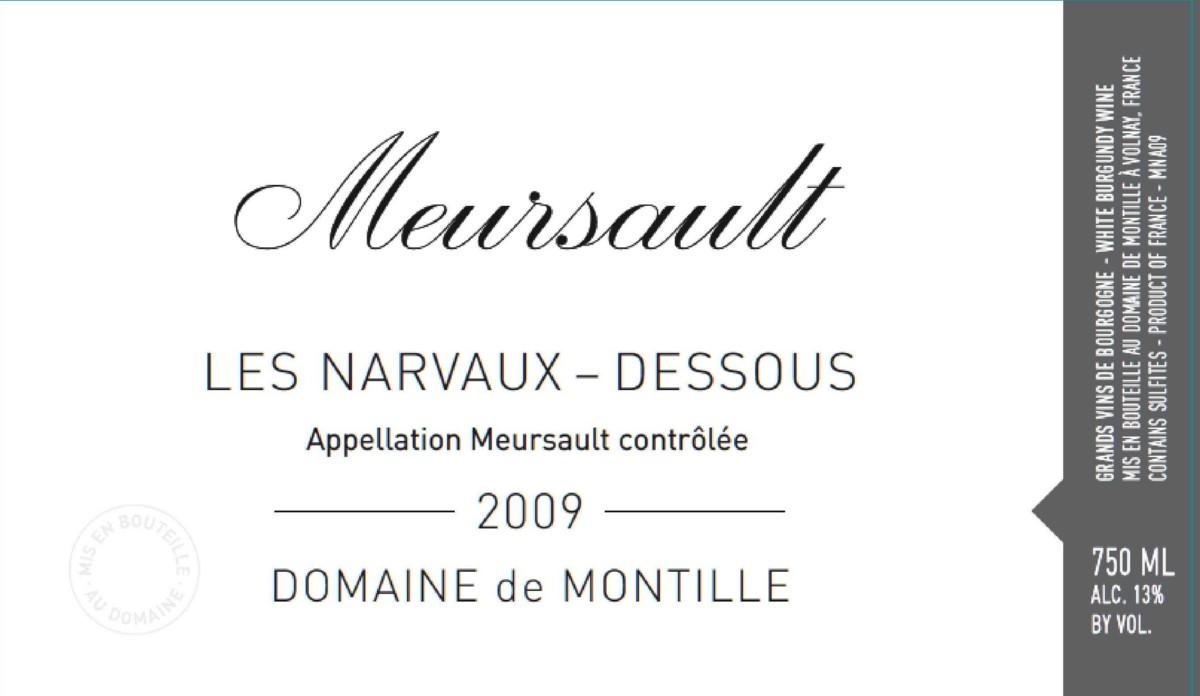Terroir of Meursault
Meursault boasts a unique terroir shaped by its elevation of 250 to 350 meters and a continental climate that brings warm summers and chilly winters. Nestled on the Côte d’Or, the region benefits from natural protection against cold winds, although spring frosts are a concern. These conditions favor full grape ripening, even in cooler years.
The soils are a harmonious blend of limestone and marly clay. The higher clay content compared to neighboring communes contributes to the wines' richness and weight. Premier Cru plots like Charmes, with its deeper clay soils, yield wines that are generous and textured. In contrast, Perrières and Genevrières, found higher up the slope, produce more mineral-driven wines thanks to a stronger limestone presence. Winemakers often employ long aging and lees contact, enhancing the wines’ signature richness and nutty complexity.
Notable Wineries in Meursault
Meursault, an iconic village in Burgundy’s Côte de Beaune, is celebrated for its exceptional white wines. Here, several notable wineries stand out for their dedication to quality and tradition:
-
Domaine des Comtes Lafon: Esteemed for biodynamic farming, this estate crafts rich, long-lasting Meursault wines.
-
Domaine Jean-François Coche-Dury: Known for tiny yields, this domaine produces intensely flavorful wines with great aging potential.
-
Bouchard Père & Fils: A key player in Meursault, offering a wide selection from village to Premier Cru wines, consistently delivering excellence.
-
Domaine Pierre-Yves Colin-Morey: Celebrated for precision and mineral quality, this modern producer is highly respected.
-
Others: Arnaud Ente and Jean-Philippe Fichet also contribute significantly, with sharp, mineral-driven, and terroir-focused Meursault wines.
Sustainable Winemaking in Meursault
In Meursault, sustainability is becoming increasingly crucial as the region strives to maintain its reputation for producing exceptional white wines. Many top domaines are now embracing organic and biodynamic practices in their vineyards. By avoiding synthetic chemicals and introducing cover crops, they enhance soil health and biodiversity, reflecting a commitment to environmental stewardship.
In the cellar, producers frequently utilize native yeasts for fermentation and carefully manage sulfur levels. Efforts are also directed at reducing water and energy consumption, showcasing an ongoing dedication to eco-friendly practices. Participation in local sustainability programs further underscores Meursault’s collective aim to minimize its environmental footprint. These initiatives ensure that the wines continue to express their unique terroir while prioritizing ecological responsibility.
Wine Tourism in Meursault
Meursault, located in the heart of Burgundy’s Côte de Beaune, offers rich opportunities for wine tourism. Visitors can explore wineries that provide tastings by appointment, discovering the region's renowned white wines.
The village is part of the scenic Route des Grands Crus, ideal for exploring by car, bike, or on foot. This route connects charming villages like Puligny-Montrachet and Volnay, offering a picturesque journey through the vineyards.
Dining experiences range from traditional bistros to upscale restaurants, with accommodations available in quaint inns or vineyard-surrounded gîtes.
Events such as the Hospices de Beaune wine auction in November and local harvest celebrations provide unique insights into Meursault’s vibrant wine culture. During these times, wineries often open their doors, offering a chance to meet growers and sample the latest vintages, enhancing the overall experience of this iconic wine-producing region.



